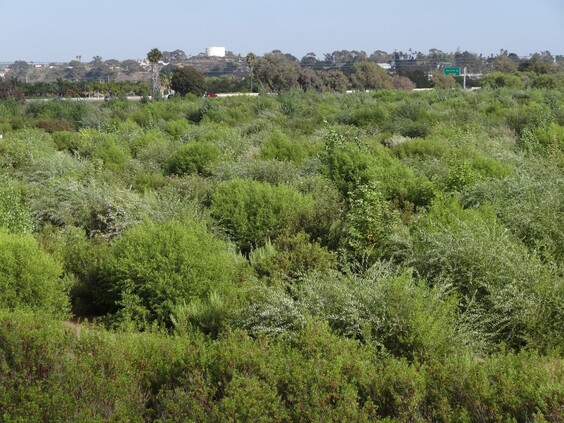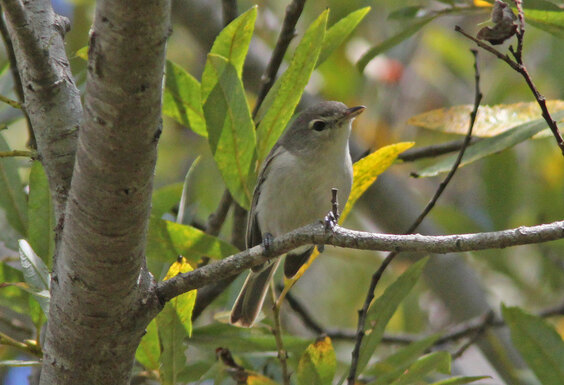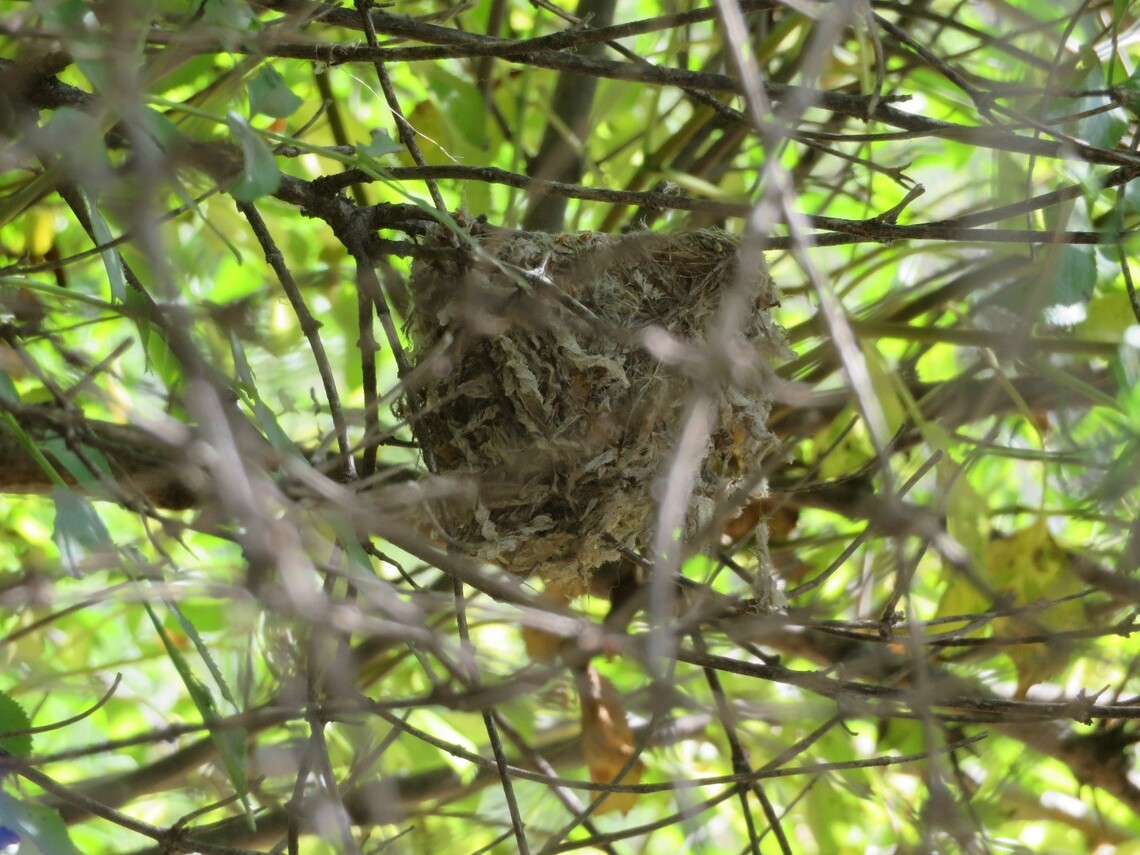By Becki Robins and Emma Havstad, River Partners
In the restored riparian vegetation of San Diego County, close listeners have a good chance of hearing something remarkable. While small and rather cryptic in color, the trilling call of an endangered Least Bell’s Vireo is distinct and recognizable. The song was once also common to the north, in California’s Central Valley. Today, only the Central Valley’s oldest generation of farmers remember the striking sound ringing in their backyards.
Their memory dates to a time before dams went up and riparian land was cleared for agriculture, causing the species to decline dramatically. By 1986, there were only an estimated 300 breeding pairs left in California. The riparian habitat in San Diego County sheltered the majority of these remaining birds. This drastic decline and the species’ disappearance from much of its native range landed this vocal little bird on the endangered species list.

Today, thanks to the dedicated efforts of many, the Least Bell’s Vireo is making a slow but steady comeback. By 2004 the population had rebounded to an estimated 2,500 breeding pairs. At River Partners’ Otay Delta restoration site, vireos were spotted (and heard) in the restored habitat within three years of planting riparian trees and shrubs. This May 2020, 18 miles upstream of Otay Delta, two pairs built nests in shrubs River Partners planted along Dulzura Creek, in the Hollenbeck Canyon Wildlife Area. Their steady move up the watershed as restored habitat matures is another welcome sign of the remarkable resilience of this species.
Back in 2005, we were thrilled when a pair dispersed more than 200 miles to nest in the San Joaquin National Wildlife Refuge, the first record of nesting in the San Joaquin River watershed in 60 years. They built their nest in an arroyo willow that River Partners had planted 3 years before, part of the 13,500 acres of riparian habitat we and our partners have restored in the past two decades. Our hope is that as the population in Southern California grows, reclaiming creeks and rivers with restored habitat, more individuals will find the habitat we’ve built in the Central Valley, bringing their song back to much of the state.

Habitat loss and low population numbers make birds like the Least Bell’s Vireo particularly vulnerable to other risks, including brood parasitism and depredation by other native and introduced wildlife. The nests we found at the Hollenbeck Canyon Wildlife Area faced both – two of the three nests contained Brown-headed Cowbird eggs, and two were depredated. Ultimately these nests did not successfully fledge vireo chicks. However, as the vegetation matures and understory species fill in, foliage will better hide future nests. River Partners has been actively managing the site with substantial supplemental irrigation and aggressive weed control to ensure healthy vegetation is hospitable to vireos when they return to nest again next year.
The Least Bell’s Vireo’s story is an inspiring example of successful habitat recovery, but this little songbird is only one of hundreds of avian species that are in critical danger. In the past 50 years, three billion birds have disappeared from the skies. These facts are particularly sobering in California, which is considered a global biodiversity hotspot yet has lost 95% of its riparian habitat.
Fortunately, the plight of endangered species like the Least Bell’s Vireo received prompt action, and such restoration benefits numerous species. A 2017 study by Point Blue Conservation Science showed that restored habitat increases both species richness and bird abundance, which continue to build over time as the restored sites age and grow. Back at the Otay Delta site, for example, there has also been a two to five-fold increase in the total number of birds living in and using the site, and a two-fold increase in the number of species that can be seen here.
Living laboratories like the Otay River Delta, Hollenbeck Canyon Widllife Area, and the San Joaquin National Wildlife Refuge yield essential data that guides our environmental agencies and resource leaders to take critical and bold action needed for bird recovery. Over two decades, we have proven the concept: if you restore riparian landscapes, birds will return. To hear this for yourself, just listen for the song of the Least Bell’s Vireo.

